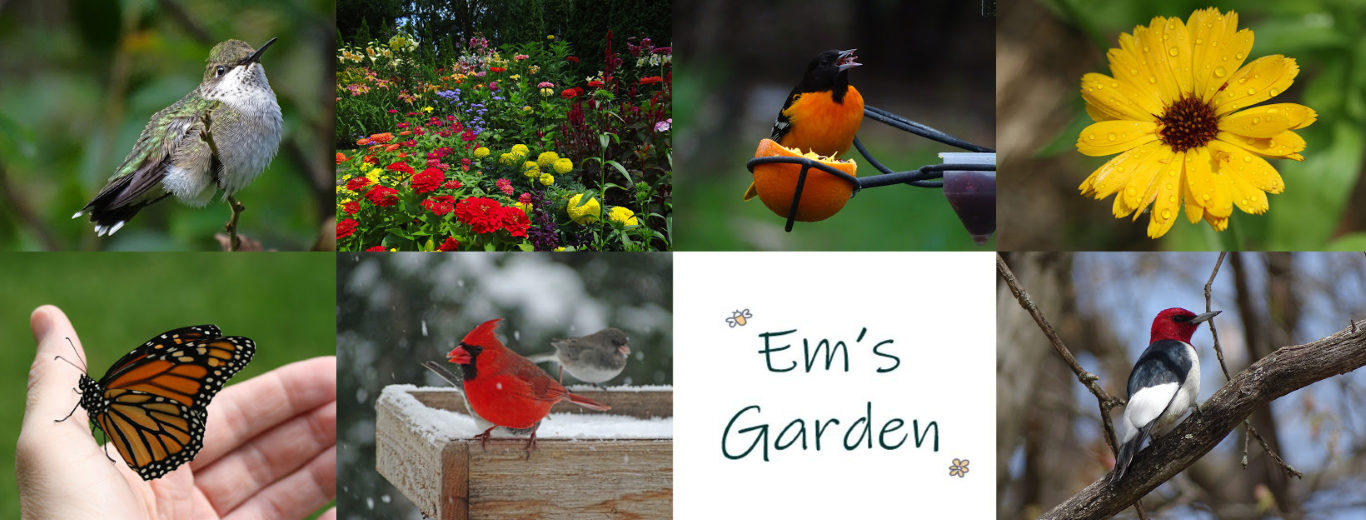Verbena bonariensis has become quite popular recently thanks to a compact Proven Winner version called ‘Meteor Shower’.
These plants are native to Brazil and Argentina, and according to the UW-Madison Extension were first grown as an annual in 1726 by “by Englishmen James & William Sherard, who got the seeds from a dried specimen sent back to England from Buenos Aires.” They add “This plant is perennial in zones 7 to11 and is grown as an annual in cooler climates. It is considered a weed in many mild climates, such as California, Texas, Australia and southern Africa, where it has naturalized.”
My mom and I didn’t know it existed until a now-out-of-business garden center began offering the plants each spring. We fell in love with how invisible they are. You can plant them in the front, back or middle of a flowerbed and they won’t block the other plants. The pollinator-attracting flowers will just rise up above the other flowers. “Light and airy” is how these plants are described.
The regular plants grow 3 to 4 feet tall, but ‘Meteor Shower’ tops out at 20 to 30 inches. The plants are tidy, long-blooming and heat-tolerant, and the flowers need no deadheading.
For the last 10 years it’s been hard to find them at garden centers, but this spring I saw Verbena bonariensis plants for sale everywhere—both the regular plants and the ‘Meteor Shower’ hybrid. Probably because pollinator plants are currently all the rage.
As mentioned above, in warmer growing zones like Texas and California this plant can be invasive, but in colder growing zones like Wisconsin’s we’re actually excited when a few seedlings are able to sprout up on their own in the spring from last year’s flowers.
I did try sprouting some Verbena bonariensis plants from seed over the winter, but it was not very successful. One cultivar, ‘Vanity’, even won an All-America Selections Ornamental Award as well as Europe’s Fleuroselect Gold Medal Award. The seeds took forever to germinate and the seedlings that did sprout were very fussy about watering conditions. One by one they started to croak on me. I eventually got frustrated and tossed them out.
That’s why I was so excited to see them so widely available at garden centers this spring!



